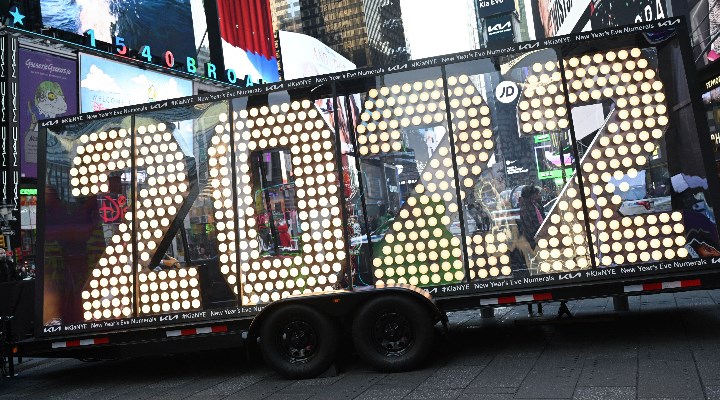
Some funds did really well in 2020, only to suffer poor performance in 2021. But some did very badly in 2020, and found that 2021 was actually a year of redemption. We take a look at the latter here.
Using similar methodology to our hero to zero list, we searched Morningstar Direct for two criteria: funds with a return that placed them in the bottom 5% of their category in 2020, with 2021 returns that lifted them into the top 5%.
After thorough screening, we found no surprises. The biggest market changes happened in the first six months of the year, so all the funds featured in this list also appeared in our previous check-in halfway through 2021. The worst to first funds include just one equity fund while the rest are corporate or government bond funds.
Man GLG Japan CoreAlpha
Man GLG’s Japanese large cap fund has managed to leap from the 100th percentile in 2020 with a -13.99% return, to the top percentile and 16.90% in 2021. Interestingly, the fund is not the only one in the Japanese Large Cap category to flip its returns: its peer T. Rowe Price Japanese Equities fell from hero in the same period. The fund’s share classes hold Morningstar Analyst Ratings between Bronze and Neutral following downgrades, as most of its senior team retired in March last year. This has been seen as a setback, but recent performance could help instil confidence in its new management.
Its portfolio is significantly overweight financial services compared to its peers, and is a lot lighter on technology. Almost half of its portfolio stocks have no economic moat rating and its biggest holdings are Toyota (7203), Honda (7267), Mitsubishi UFJ (8306) and Canon (7751). Over the past three years, it has returned 2.59% on an annualised basis.
Royal London Diversified ABS
Royal London saw two of its bottom performers in 2020 leap into the top rankings in 2021. Its corporate bond fund Diversified ABS jumped from the bottom place at the end of 2020 to the very top spot the following year. The three-star fund was up 5.63% last year and has delivered annualised returns of 3.51% over three years. Meanwhile, it only produced a 1.43% return in 2020. Compared to its category, Diversified ABS has lower interest rate sensitivity, and an underweight position on corporate debt. On the other hand, it has an overallocation to AA-rated bonds and debt with 10-15-year maturities, which seemed to pay off last year. It also has an above-average risk-adjusted performance, but a mixed track record: while it has successfully weathered storms, the fund has lagged the category index by 1.5 percentage points over an eight-year period. The fund’s Morningstar Quantitative Rating (MQR) is Bronze.
Royal London Short Duration Gilts
The second Royal London fund on our list, a government bond fund, has a Gold MQR. But it is also the only worst-to-first fund with a negative return in 2021, down 1.20%. Oddly, the fund grew 1.36% in 2020, a testament to how poorly government bonds have fared over the pandemic. But it still jumped from the 97th percentile to the third. This two-star fund has an underweight position in debt with longer maturities and an overweight in securitised debt. In fact, 68.30% of the portfolio has a 1-3-year maturity. That said, as it takes on lower credit risk and interest-rate sensitivity by holding almost 95% AA bonds, it is less exposed to market turmoil. Over the past three years, the fund has an annualised return of 0.27%.
L&G Sterling Income
This corporate bond fund also returned less in 2021 (0.28%) than in 2020 (3.58%), but in a period where other bond funds performed much worse, L&G Sterling Income was able to claim a top spot. The three-star fund, which has a MQR of Neutral, has moved from the 97th percentile of its category to the second. The fund almost fully replicates the Markit iBoxx Sterling Non-Gilts ex BBB Total Return Index, and, compared with its peers, is underweight government bonds and overweight debt with five- to seven-year maturities. The annualised return for the past three years sits at 3.31%, which is similar to its peers, but the fund performs poorly compared to the category benchmark. However, we like parent company LGIM, which appointed a new CEO in 2019 and charges low fees on its passives range.




























